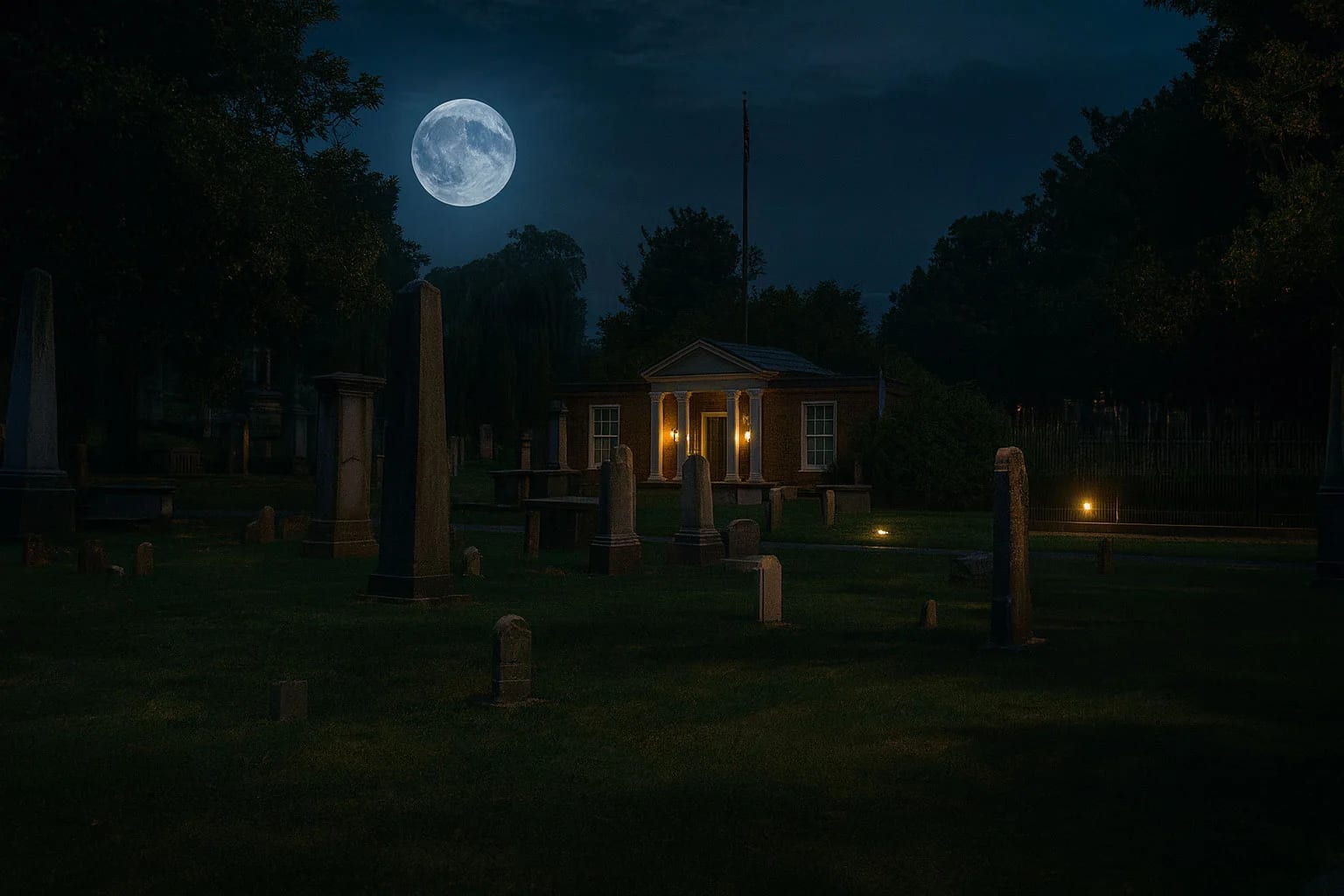Did you know?
- Nashville City Cemetery, the oldest cemetery in the city, is not segregated. Unlike other U.S. cemeteries were African-Americans were allotted a separate space for burials, here we find the remains of both races coexisting in harmony.
- The burying ground is home to a peculiar grave marker, the boulder headstone, said to be haunted by the woman buried underneath.
- Charles Dickinson, a famous duelist, is buried in the cemetery. He met his maker when he was slain by none other than Andrew Jackson, who went on to become president of the United States.
Is This Graveyard Really Haunted?
Short answer: of course! But not as much as you may think. In the paranormal world, it is a common belief that what causes a spirit to haunt an area is any form of traumatic event surrounding their death. This graveyard, surprisingly, seems to fall short on disturbing tales to explain ghostly phenomena. There is one story; however, that highlighted this cemetery as a haunted location, the death of Ann Rawlins Sanders.
Brief Old City Cemetery History
Constructed by notable architect William Strickland, the city cemetery has been the final resting place for local notables since 1822. Strickland designed the grounds in a traditional Victorian style, with plenty of pathways and greenery to enjoy. By 1850, the park-like cemetery was halfway through capacity with approximately 11,000 remains buried in the location. The regular burials, however, didn't stop the area from falling into disarray.
It wasn't until the late-1950s, with a preservation movement led by then-mayor Ben West, that the old cemetery began to be restored. Ten years later, it was added to the National Register of Historic Places. Among the many residents of this old graveyard, we find two of Nashville's founders, James and Charlotte Robertson, Confederate Army generals and influential politicians.
Perhaps one of the most significant aspects of this cemetery's history is the fact that, despite being centuries old, the area was not segregated. Over 22,00 Nashvillians from all walks of life are buried here, with 6,000 being African-American. In recent years, the city has made an effort to highlight and acknowledge the enslaved people buried in the graveyard by replacing their small headstones with significant memorials.
What to See at Nashville City Cemetery
"Suicide Rock"
A large boulder in the middle of the graveyard? This unique marker attracts plenty of visitors, especially with the ghost story that is tied to it. When stopping by "suicide rock" lookout for the apparitions that like to manifest in the area, as well as the unexplainably lit lantern.
Charles Dickinson's Grave
Famous duelist and attorney, Charles Dickinson, was laid to rest in his family's plantation but reinterred in the city cemetery in 2010 after his grave was discovered. Dickinson bled to death after a duel with Andrew Jackson, who went on to become president of the U.S. Apparently, Dickinson shot to kill, aiming for the chest, so Jackson did the same. Of course, Jackson won the duel, but his reputation suffered immensely. This didn't stop him from becoming president, though.
William Driver's Grave
Born in Salem, Massachusetts in 1806, sea captain William Driver began his maritime career as a cabin boy on a ship. After he was appointed master mariner, his mother sewed him a flag to fly on his ship, a symbol they named "Old Glory." Little did they know, it would eventually become the U.S. flag. When Union soldiers occupied Nashville in 1862, "Old Glory" was placed atop the Tennessee State Capitol Building, and the rest was history.
Captain William Driver's ornate grave marker was made in the shape of a tree branch with a large anchor representing his life at sea. It also includes three different epitaphs that recount his travels and the history of "Old Glory."
Know Before You Go
The Nashville City Cemetery is managed by an association of the same name and open to the public from 4 a.m. to 8 p.m. daily. When visiting the cemetery after closing time, please remain on the road or sidewalk as entering the cemetery after hours constitutes trespassing.

Nashville City Cemetery, where Music City's dead refuse to rest peacefully
